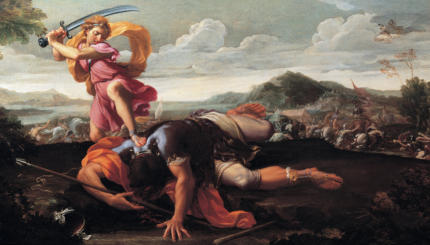The Museum of the Southern Jewish Experience has a collection of over 3,000 objects and archival materials that tell the story of Southern Jewish communities. This includes temple sisterhood minutes, Jewish store memorabilia and objects from temples that are no longer active. I’m excited to use this space to share some pieces that best illustrate the history of these communities.
I’ll start with one of my favorites, a collection of youth group scrapbooks from Clarksdale, Mississippi. Clarksdale, most famously known as home of the Blues, also happened to have some Jews. We have 8 books from 1962-1975 in our collection but this one from 1970 stands out because of its ornate custom circular design and hand drawn calligraphy. Someone crafty was clearly excited about being yearbook editor.
The Clarksdale Jewish community has a long history, starting with early Jewish settlers in the 1880’s. At its peak in the 1930’s, Clarksdale was home to 400 Jews, but by 1970 the community was only a hundred families; the youth group had 25 members. This group was active in the community and participated in regional conclaves that enabled them to network with other Jewish teens in the SOFTY (Southern Federation of Temple Youth) region.
Here are some of the gems from their scrapbook:
I can’t help but wonder what these kids would have thought about their book being cataloged into this museum archive. Could they have known that their thick rimmed glasses would come back into style 40 years later? Would they have included their “play on marijuana,” featuring a progressive dialogue between teenagers and their parents on the merits of the drug?
These scrapbooks are especially telling of the Southern experience because it was this generation of young people who did not stay in Clarksdale or other Delta towns to grow the Jewish community but moved to larger cities like Memphis for greater opportunity. As a result, the community could no longer sustain the congregation and, like many pieces in our collection, these artifacts are from a temple that had to shut its doors.
They are paper and glue relics of the past since today most of our memories are posted to digital pages on Facebook. These should inspire you to print out your favorite Instagram shots and paste some into a book. You never know what important material (or embarrassing hair cut) you’ll be leaving for historians to blog about in the future.


